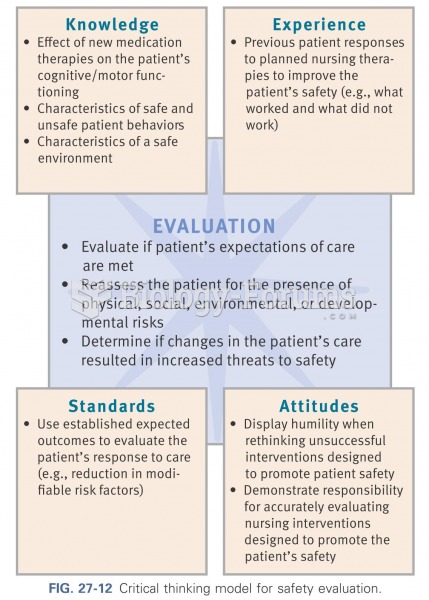A nurse manager in a trauma intensive care unit conducts a quality improvement evaluation project.
During this process, she discovers that patients with adult respiratory distress syndrome almost always have better outcomes when they are placed in the five beds located further away from the nursing station. Examining the data, she discovers that the room doors in these five rooms are consistently half-closed or three-quarters closed. In addition, nurses have been documenting that these patients sleep more than the other ten patients on the unit. What are the nurse's options for generalizing the findings?
a. There is no practical use for this research; no generalization is appropriate.
b. Findings should be generalized immediately, and in print. These are important findings.
c. The nurse can present the findings at conferences, but generalization is limited to the hospital in which the data were collected.
d. The nurse manager can obtain permission from an institutional review board to conduct a formal research study, in order to formally test hypotheses, and then generalize the findings of this second study.
e. Arrangements should be made immediately on the unit to keep all patients' doors half-closed or three-quarters closed.
Question 2
The analysis of the data from a study indicates that there was a significant difference between the two groups, which were randomly selected and composed of 100 subjects each.
The instruments measuring stress, mood, and various scaled measures of emotion were well normed, widely tested, and suitable. As the researcher begins interpretation of the data, she discovers that during data collection one of her assistants had recorded the demographic item household size incorrectly, understanding the item as number of people who live with you. The original paper surveys are still available, and the ones this particular assistant collected are all clearly marked with her initial on each page. How can this data item be saved? (Select all that apply.)
a. Erroneous values can be identified and eliminated from the data analysis for this single item.
b. Erroneous values can be located and re-entered as the true values, since the systematic error has been identified, quantified, and attributed.
c. Data analysis may proceed and the error noted in the final report as a methodological limitation.
d. An overlapping ordinal measurement can be used, in which the categories are 0-1, 1-2, 2-3, and so forth.
e. The data may be analyzed as a nominal variable and so coded.







